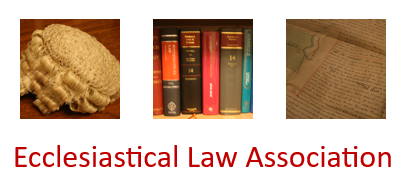The person whose cremated remains were the subject of the petition had lived in London and had died suddenly at the age of 56. His family had been persuaded by a close friend of the deceased, who lived next to the churchyard in Uggeshall in Suffolk, to have the deceased ashes interred in the churchyard there. The family subsequently fell out with the friend after, as they alleged, he caused a motor accident, as a result of which one family member was admitted to hospital and another was treated for shock. The friend never acknowledged responsibility for the accident. The family then felt it difficult to visit the grave overlooked by the former friend’s house. They therefore wished to have the cremated remains exhumed and reburied in London, giving as their reasons the rift, the desire to create a family grave and the difficulty in visiting Uggeshall for the surviving family. The Chancellor refused to grant a faculty, as he considered that none of these reasons were sufficiently exceptional to justify exhumation.

